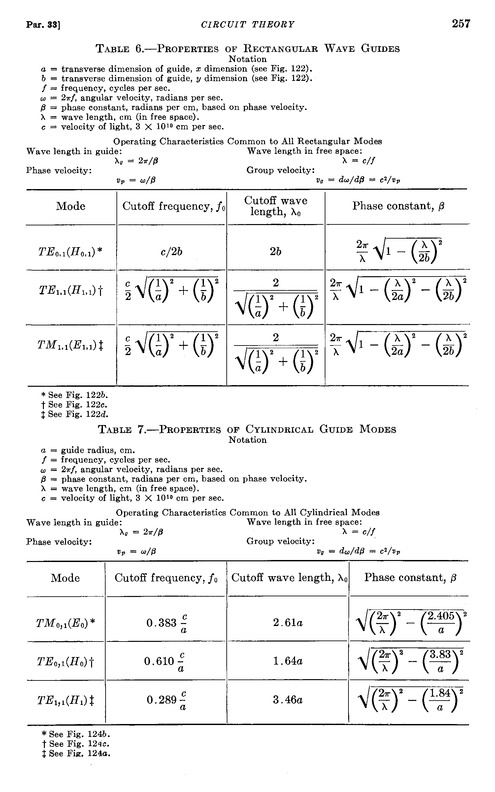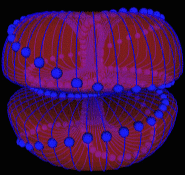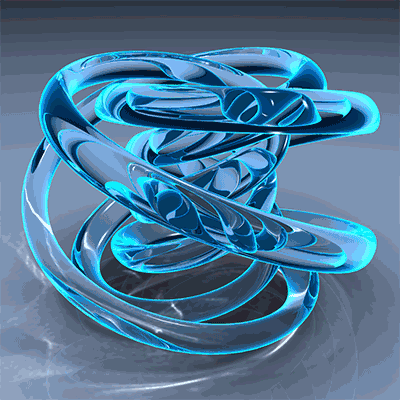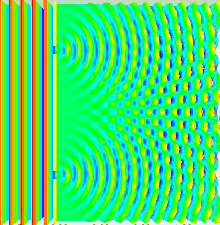Pp-18/ar
Hello Arto,
Have been buying vintage multivibrators ever since I purchased a beat up Oz 1930s Calstan Tube/Valve Checker but 12volt split-reeds are difficult to come by and still searching.
Oak/MSP V5948 12v and V6824 24v and V6832 32v are the numbers required for use or coil modification.
Have had this one on my project list for some time but procurement of some of the parts has been difficult.
I have provided many Posts on this subject with information over the last year or so.
Asked Eric what the inductance was of the input/output chokes but have not received an answer as yet but will include that in my next letter to him.
Do have two 6volt split reeds here which I am able to modify into one with the correct coil resistance for 12 volt.
However, the multivibrator is the weak point here and would like to have a backup.
Has anyone ever done the Imhotep relay thing which is a similar device of understanding and you are able to light a neon with only 12 volts input and is quick and easy to setup?
Showed this to people but they simply did not understand.
Have just bought a very heavy choke on Ebay at about 3kgs (7lb) which is about the same size as the unit in question but is only a single and measures 33 Henry as a guide - so looking at 10 Henry for each side.
Smoothing and Swinging Choke explained:
A smoothing choke has a 'normal' sized air-gap in its core, designed to maintain a fairly constant inductance up to the maximum direct current for which it is specified. It is intended for use in a capacitor-input filter, but it can also be used satisfactorily in a choke-input filter if there is no significant variation in current demand. A smoothing choke has to be built with a relatively large iron core, in order to obtain the required inductance despite its large air-gap (just like an OP transformer intended for SE operation).
A swinging choke is intended to be used as the first choke in a choke-input filter in cases where the current demand varies considerably, such as for feeding class AB or B amplifiers. It has a very small air-gap in the core, so that it will become more saturated and its inductance will fall as the current demand rises. This is done because the required inductance is less at higher current. Its inductance should be (but often isn't) specified as a range (e.g. 1Hy to 5Hy) over the current range for which it is intended to be used. A swinging choke, having a smaller air-gap, needs a relatively small iron core, so it is lighter and less bulky than a smoothing choke of similar inductance.
Nothing happening here unfortunately as with the cooler weather I have been forced into slave labour doing the jobs that we don't want to be doing but making someone else happy is probably all we can ever ask for.
Smokey
Hello Arto,
Have been buying vintage multivibrators ever since I purchased a beat up Oz 1930s Calstan Tube/Valve Checker but 12volt split-reeds are difficult to come by and still searching.
Oak/MSP V5948 12v and V6824 24v and V6832 32v are the numbers required for use or coil modification.
Have had this one on my project list for some time but procurement of some of the parts has been difficult.
I have provided many Posts on this subject with information over the last year or so.
Asked Eric what the inductance was of the input/output chokes but have not received an answer as yet but will include that in my next letter to him.
Do have two 6volt split reeds here which I am able to modify into one with the correct coil resistance for 12 volt.
However, the multivibrator is the weak point here and would like to have a backup.
Has anyone ever done the Imhotep relay thing which is a similar device of understanding and you are able to light a neon with only 12 volts input and is quick and easy to setup?
Showed this to people but they simply did not understand.
Have just bought a very heavy choke on Ebay at about 3kgs (7lb) which is about the same size as the unit in question but is only a single and measures 33 Henry as a guide - so looking at 10 Henry for each side.
Smoothing and Swinging Choke explained:
A smoothing choke has a 'normal' sized air-gap in its core, designed to maintain a fairly constant inductance up to the maximum direct current for which it is specified. It is intended for use in a capacitor-input filter, but it can also be used satisfactorily in a choke-input filter if there is no significant variation in current demand. A smoothing choke has to be built with a relatively large iron core, in order to obtain the required inductance despite its large air-gap (just like an OP transformer intended for SE operation).
A swinging choke is intended to be used as the first choke in a choke-input filter in cases where the current demand varies considerably, such as for feeding class AB or B amplifiers. It has a very small air-gap in the core, so that it will become more saturated and its inductance will fall as the current demand rises. This is done because the required inductance is less at higher current. Its inductance should be (but often isn't) specified as a range (e.g. 1Hy to 5Hy) over the current range for which it is intended to be used. A swinging choke, having a smaller air-gap, needs a relatively small iron core, so it is lighter and less bulky than a smoothing choke of similar inductance.
Nothing happening here unfortunately as with the cooler weather I have been forced into slave labour doing the jobs that we don't want to be doing but making someone else happy is probably all we can ever ask for.
Smokey

 ), was when it produced the anomalous results. So the rate of vibration would be anyone’s guess at that point, perhaps it's more like a spark gap running when the vibrator "gets screwy". Whatever that means exactly. Anyway you've probably considered that.
), was when it produced the anomalous results. So the rate of vibration would be anyone’s guess at that point, perhaps it's more like a spark gap running when the vibrator "gets screwy". Whatever that means exactly. Anyway you've probably considered that.





Comment